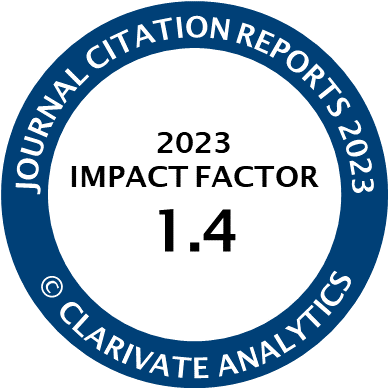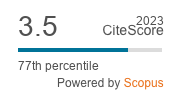Article | Open Access
Mission Accomplished? Critique, Justification, and Efforts to Diversify Gifted Education
| Views: | 1816 | | | Downloads: | 989 |
Abstract: Research on gifted education demonstrates how these programs contribute globally to the reproduction of social inequalities. Despite these findings, gifted education has been remarkably successful in the 21st century. However, the need to equate the inclusion of women, first‐generation students, and students with a migration background in gifted education has simultaneously intensified. Both developments are embedded in profound transformations of the education system globally, especially in the social diversification of student populations and the concurrent demand for excellence in academic research. The German Academic Scholarship Foundation (Studienstiftung) is the largest gifted education program in Germany and one of the oldest worldwide. In recent years, the Studienstiftung has tried to diversify their students. Based on a discourse analysis, which uses the concepts of justification, critique, and regimes of justification, I examine official documents of the Studienstiftung between 1925 and 2018. In doing so, I show that the spirit of the Studienstiftung and their handling of social statistics raise doubts concerning the successful diversification of their students—as the Studienstiftung has claimed. Finally, I discuss several measures that might be useful to support social diversification in gifted education in the future.
Keywords: diversification in higher education; exclusion; gifted education; German Academic Scholarship Foundation; social inequalities; sociology of justification
Published:
© Arne Böker. This is an open access article distributed under the terms of the Creative Commons Attribution 4.0 license (http://creativecommons.org/licenses/by/4.0), which permits any use, distribution, and reproduction of the work without further permission provided the original author(s) and source are credited.




